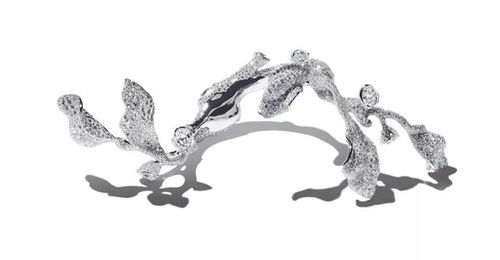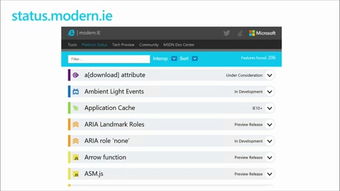Content:
Fishing, an ancient pastime that has stood the test of time, is not just about casting your line into the water and waiting for a bite. It's an art form that requires patience, skill, and a deep understanding of the fish you're trying to catch. One of the most crucial aspects of fishing is mastering the art of catching, specifically the technique known as "catching the lip." This article will delve into the essential techniques for proper fishing lip grabbing, ensuring that you can land your catch with grace and precision.
Understanding the Lip
Before we dive into the techniques, it's important to understand what we mean by "catching the lip." When a fish takes your bait, it often does so by engulfing it with its mouth, which can cause the bait to tilt or twist. The "lip" refers to the part of the bait that is closest to the fish's mouth. Catching the lip involves hooking this part correctly to ensure a solid and humane catch.

Preparation is Key
Select the Right Bait: The type of bait you use can significantly affect your ability to catch the lip. Live bait, such as worms or minnows, often works best because they mimic the natural behavior of prey. Artificial lures can also be effective, but you must choose one that closely resembles the fish's natural food.
Hook Selection: The right hook is essential. A sharp, appropriately sized hook will help you set the hook effectively. For live bait, a hook with a wide gap is preferable, as it allows the bait to move more naturally and makes it easier to catch the lip.
Leader Length: A leader of the right length is crucial. Too short, and you risk losing the fish; too long, and you may not be able to set the hook effectively. A leader length of 18 to 24 inches is generally a good starting point.
The Technique
Feeling the Bite: The first step in catching the lip is to feel the bite. Pay close attention to the subtle movements of your rod. A sudden tap, a slight tug, or a change in the line's tension can indicate a bite. When you feel a bite, don't rush to set the hook. Give the fish a moment to take the bait fully.
Setting the Hook: Once you've determined that the fish has taken the bait, it's time to set the hook. The key is to do it quickly and smoothly. Here's how:
Lift the Rod: Begin by lifting the rod tip gently but firmly. This will help you feel the weight of the fish and set the hook.
Point the Rod: As you lift the rod, point it directly at the fish. This will help you maintain control and ensure that the hook sets correctly.
Use the Reel: If the fish is pulling hard, use the reel to help set the hook. The drag on the reel will help you maintain tension on the line.
Casting the Hook: Once the rod is pointed at the fish, cast the hook into its mouth. The movement should be quick and decisive, but not so forceful that you pull the hook out of the fish's mouth.
Catching the Lip: To catch the lip, you need to hook the bait in the right place. Here's how to do it:
Live Bait: With live bait, the goal is to hook it in the mouth or near the mouth. If the bait is a worm, you can hook it through the middle or near the head. For minnows, hook it through the lips or just behind the gills.
Artificial Lures: With artificial lures, you'll need to mimic the natural behavior of the fish. This often means hooking the lure in the area where it would naturally be swallowed, such as the mouth or near the gills.
Post-Catch Care
Once you've successfully caught the lip, it's important to handle the fish with care. Here are a few tips:
Land the Fish Quickly: The longer you keep the fish out of the water, the more stress it will endure. Land the fish as quickly as possible.
Use a Net: A fish net is a great tool for landing fish. It helps you keep a firm grip on the fish without causing unnecessary harm.
Release or Keep: If you're releasing the fish, do so gently and quickly. If you're keeping the fish, handle it with care and ensure it's properly iced before storing it.
In conclusion, mastering the art of catching the lip is a skill that takes practice and patience. By understanding the importance of preparation, technique, and post-catch care, you'll be well on your way to becoming a proficient angler. Remember, the key to successful fishing is not just catching the fish, but doing so with respect and care for the creatures you're trying to catch. Happy fishing!












